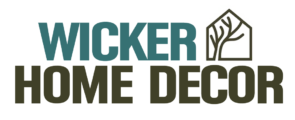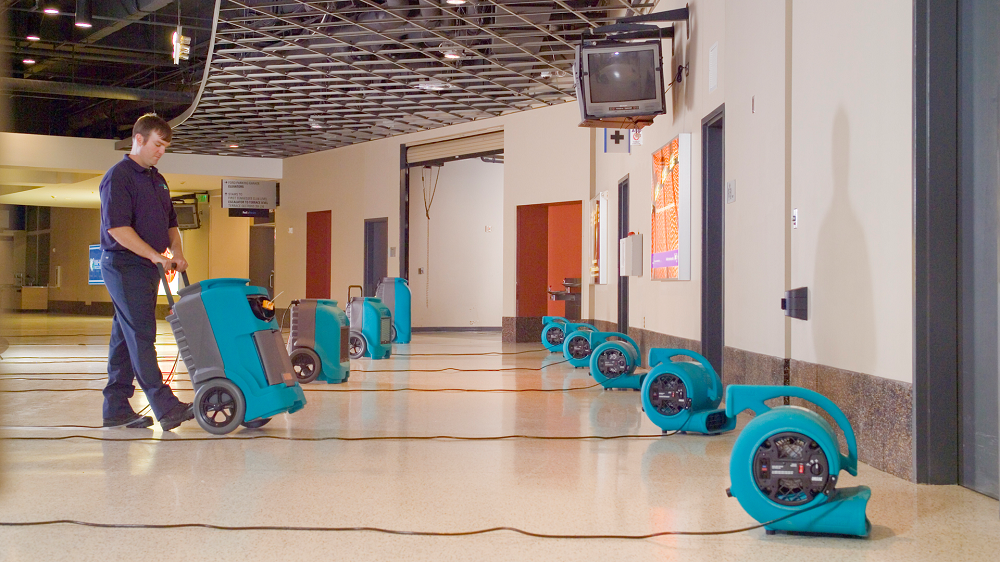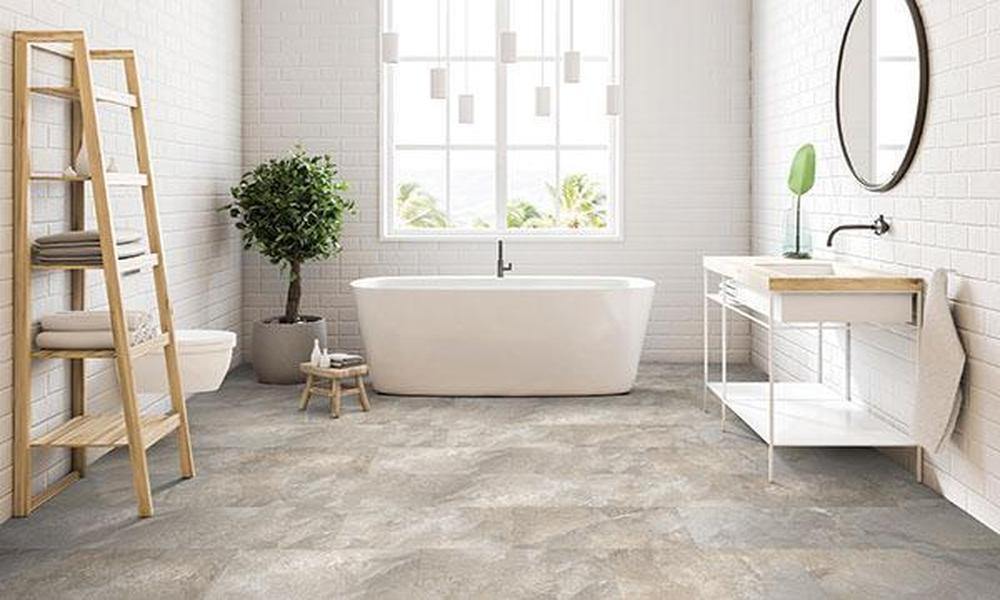A well-insulated attic is essential for optimizing your home’s energy efficiency, comfort, and indoor air quality. Without proper insulation, you may face high energy costs, uncomfortable living conditions, and potential health hazards. Most homeowners hire a pro, such as AtticConstruction.com but today in this comprehensive guide, we’ll share seven expert tips to help you upgrade your poorly insulated attic like a pro. By implementing these strategies, you can boost your home’s energy efficiency, enhance comfort, and save money over time.
Thе Importancе of Attic Insulation
Attic insulation helps regulate indoor temperatures year-round by retaining heat during the winter and preventing hot air from spreading throughout the home in the summer, which can significantly reduce energy bills. It also adds an extra layer of protection against moisture, mold, and pests for your home and belongings.
The national average cost of attic insulation ranges from $1 to $4 per square foot, and many homeowners can expect to save around 15% on their energy bills after upgrading their insulation. It’s recommended to have at least 13 inches of insulation in your attic, whether the space is finished or unfinished.
7 Tips for Upgrading Your Attic Insulation
As temperatures fluctuate throughout the year, having a well-insulated attic can greatly impact your energy bills and overall comfort. Here are seven tips to consider when upgrading your attic insulation.
1. Schedule a Professional Attic Inspection
Before starting any insulation upgrades, it’s crucial to schedule a professional attic inspection. Hiring a licensed and reputable insulation contractor will allow you to assess the current condition of your attic and determine what improvements are necessary. During the inspection, the contractor will identify any insulation deficiencies, air leaks, and potential moisture issues. This thorough assessment will provide a solid foundation for your attic insulation upgrade project.
2. Seal Air Leaks
Air leaks in your attic can significantly affect your home’s energy efficiency. Gaps, cracks, and holes in the attic can allow conditioned air to escape, causing temperature fluctuations and increased energy consumption. To address this issue, start by inspecting roof edges, exterior walls, and roof penetrations like vents for any signs of wear or damage. Weatherstripping, caulk, or foam sealant can be used to seal these areas and prevent air leakage. By eliminating drafts and air leaks, your HVAC system can operate more efficiently, leading to energy savings.
3. Install a Radiant Barrier
Another upgrade to consider is adding a radiant barrier. This reflective material reduces heat buildup when installed on the underside of the roof deck and redirects warmth away from your living space. It’s an efficient solution that not only enhances comfort but also lowers energy consumption. With this upgrade, your attic becomes cooler, reducing the strain on your air conditioning system during the summer.
4. Switch to Energy-Efficient Lighting
Make a simple yet impactful change by switching to energy-efficient lighting. Old attic lights can consume a lot of electricity, contributing to unnecessary heat and energy use. By upgrading to energy-efficient LEDs, you’ll not only improve the overall lighting in your attic but also reduce heat generation and save money on your energy bills. It’s a smart and easy step toward making your attic more energy-efficient.
5. Enhance Attic Ventilation
Proper attic ventilation is essential for maintaining energy efficiency and preventing damage from moisture. Good ventilation allows hot, humid air to escape from the attic while allowing fresh air to circulate. This helps regulate attic temperature and reduces the risk of mold and mildew growth. If your attic lacks adequate ventilation, consider installing additional vents such as intake vents, exhaust fans, or ridge vents. Professional attic and insulation specialists can recommend the best ventilation options based on your specific needs.
6. Address Pest Issues
Pest infestations in the attic can damage insulation, wiring, and structural components of your home. Additionally, pests can compromise indoor air quality by spreading diseases and allergens. If you notice any signs of rodents, insects, or other pests in your attic, it’s essential to address the issue promptly. Hiring a professional pest control company is the best way to eliminate existing infestations, prevent future invasions, and ensure a clean and sanitized attic.
7. Clean and Maintain Air Ducts
Regular maintenance of your HVAC system’s air ducts is vital for maintaining good indoor air quality and promoting energy efficiency. Over time, dust, debris, and mold can accumulate in the ducts, reducing airflow and compromising system performance. Schedule periodic air duct cleaning and inspections to remove contaminants and ensure optimal airflow. Additionally, check for any leaks or damage in the ductwork and repair them promptly. Properly functioning air ducts will enhance the overall efficiency of your HVAC system and contribute to a healthier indoor environment.

Benefits of Properly Insulating Your Attic
Upgrading and insulating your attic provides numerous advantages. Here’s an in-depth look at the key benefits:
1. Increased Comfort
Proper attic insulation helps maintain a cooler environment in the summer and a warmer one in the winter, ensuring year-round comfort.
2. Reduced Energy Costs
Insulation can reduce heating and cooling expenses by up to 30%, leading to substantial savings on your energy bills.
3. Improved Indoor Air Quality
By installing new insulation and ensuring proper ventilation, you can minimize dust, pollen, and allergens, contributing to a healthier indoor environment.
4. Extended Roof Life
Correctly installed insulation prevents ice dams and moisture damage, helping to preserve your roof’s integrity and extend its lifespan.
5. Increased Resale Value
A well-maintained attic enhances the appeal of your home to potential buyers, thereby increasing its resale value.
6. Reduced Noise
Insulation helps to reduce noise from both external and internal sources, creating a quieter and more peaceful living space.
7. Protected Pipes and Wiring
Attic insulation safeguards pipes and wiring from temperature-related damage, ensuring their longevity.
8. Pest Control
Insulation acts as a deterrent against pests like rodents and insects, helping to prevent infestations.
9. Lowered Environmental Impact
Proper insulation reduces your carbon footprint by decreasing the need for heating and cooling, thus lowering your reliance on fossil fuels.
10. Fire Protection
Some types of insulation are flame retardant, helping to slow the spread of fire and enhancing the overall fire safety of your home.
Upgrading your attic insulation is a cost-effective home improvement project that offers a wide range of benefits. For accurate estimates and professional advice, it’s recommended to consult with a qualified contractor.
Conclusion
Improving your home’s energy efficiency and comfort starts with a strategic approach to attic insulation. By upgrading insulation, addressing air leaks, and maintaining air ducts, you can enhance indoor air quality and reduce utility bills. Trust an experienced team to transform your attic and elevate your home’s efficiency today!






